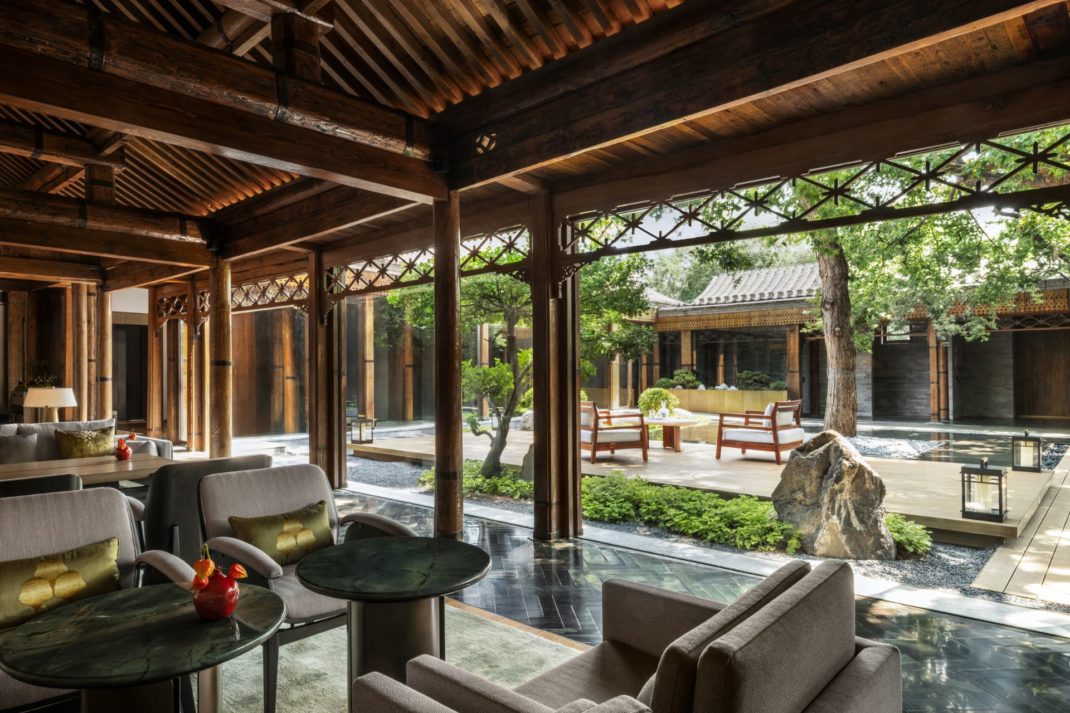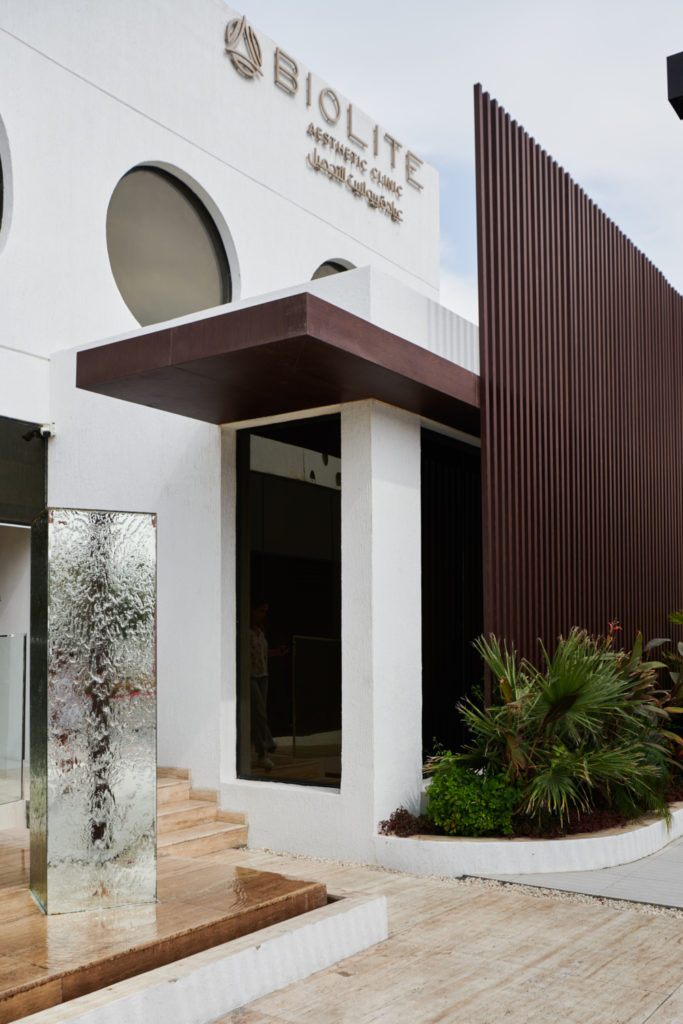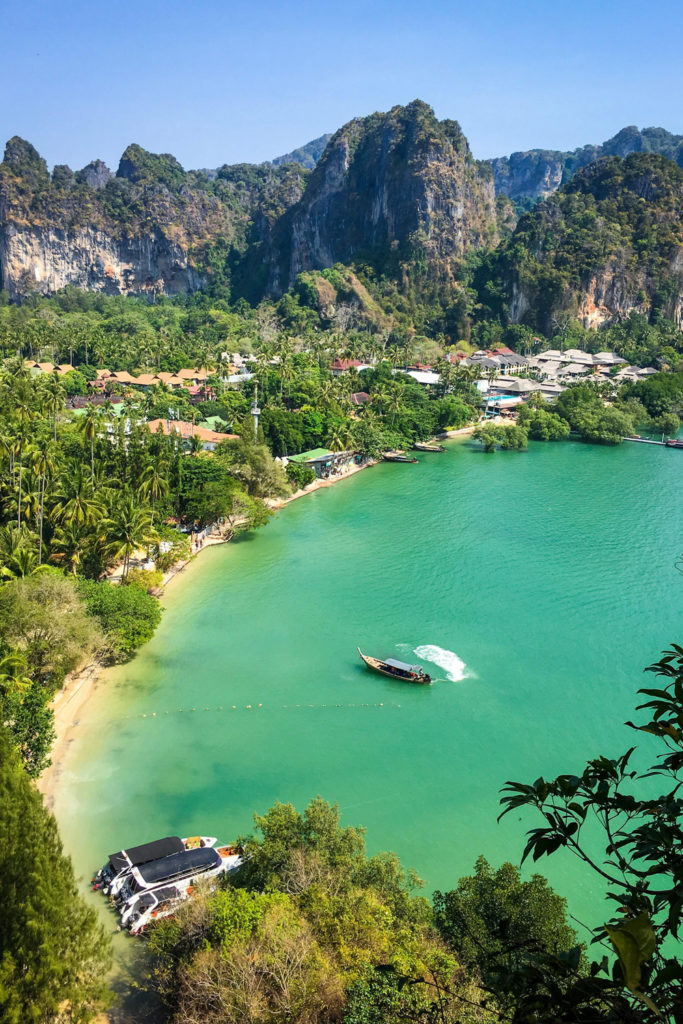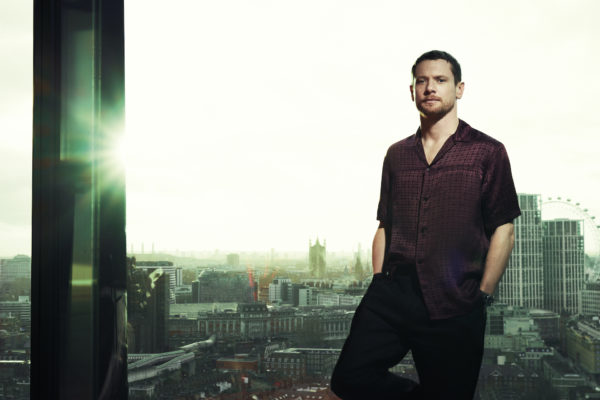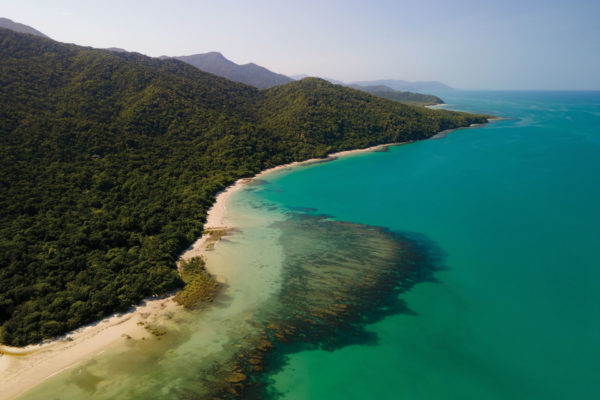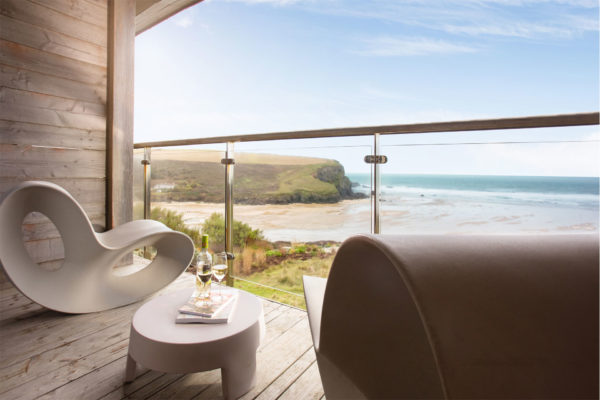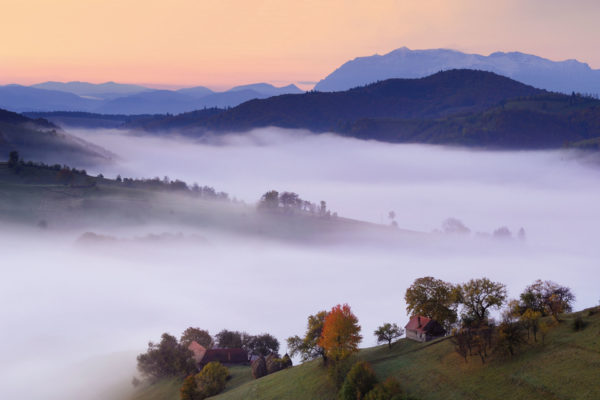Hotel Transylvania: Bethlen Estates, Romania – Review
By
2 years ago
Olivia Emily ventures to Transylvania, where Bethlen Estates conjures magic
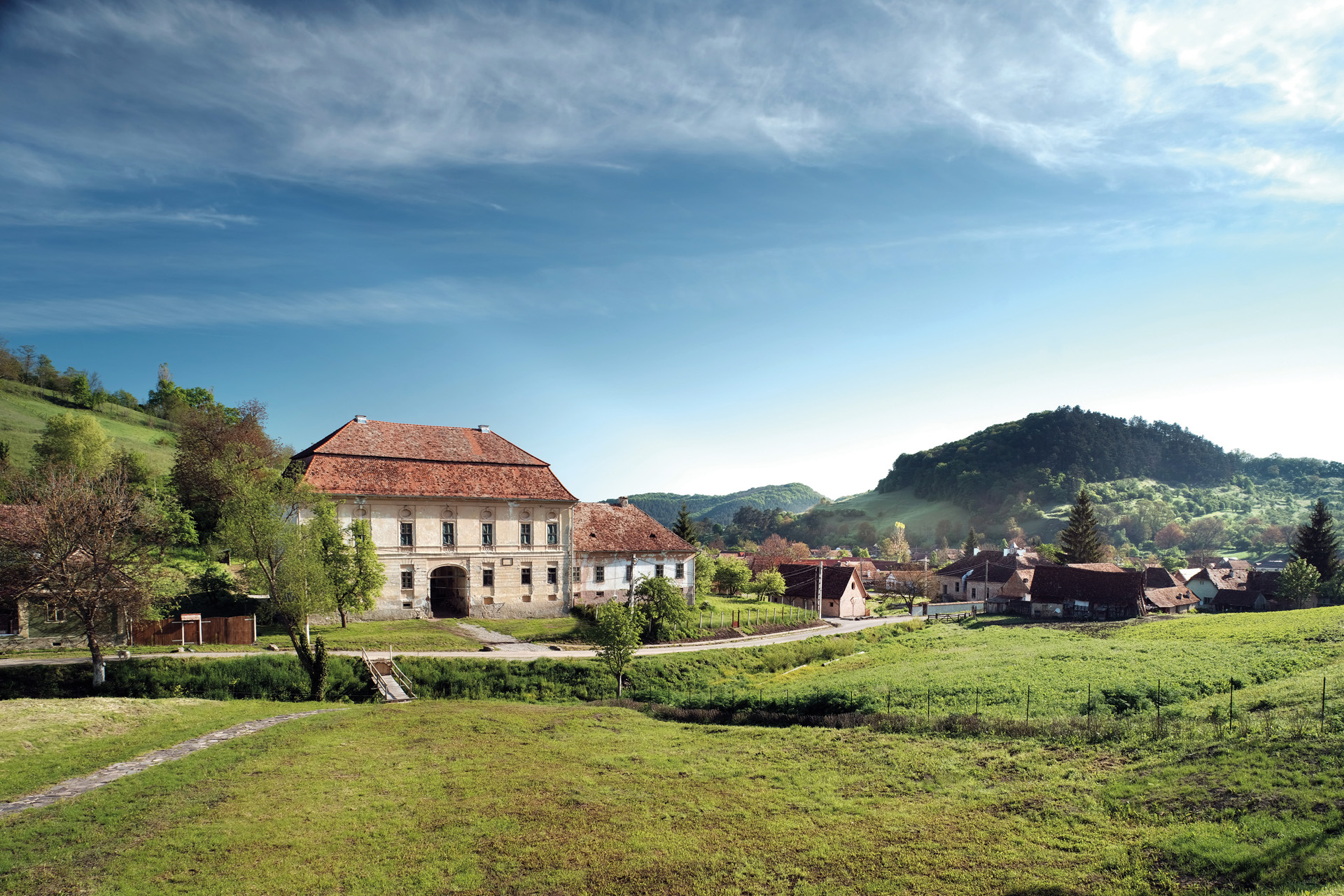
King Charles is a fan of the country that offers up one of Europe’s last true wildernesses, says Olivia Emily
Read the C&TH Responsible Tourism Guide
Review: Bethlen Estates – Transylvania, Romania
There’s a fantastical wilderness feel to Bethlen Estates, situated in the small Transylvanian village of Criș. Emerging from my room first thing, a slow worm slithers past my shoe as I tiptoe over grey stepping stones buried in dewy grass. A frog hops in the same spot the next morning, the air crisp in my nostrils and filled with birdsong.
Despite its traditional exterior – elevated with restoration but true to its origins – the guest bedrooms of this historic estate are modern and plush; the comforting smell of untreated wood permeates most rooms. From bespoke kitchen cabinetry to made-to-order fireplaces, cosy sheets to delicious smelling soaps, authentic door hinges to roof tiles reclaimed from rubbish heaps, no detail is too small to be painstakingly considered. Gladys Bethlen, matriarch, prides herself on reclamation; Bethlen Estates, she hopes, will be a circular project, investing into the heritage and maintenance of this pretty corner of Romania.
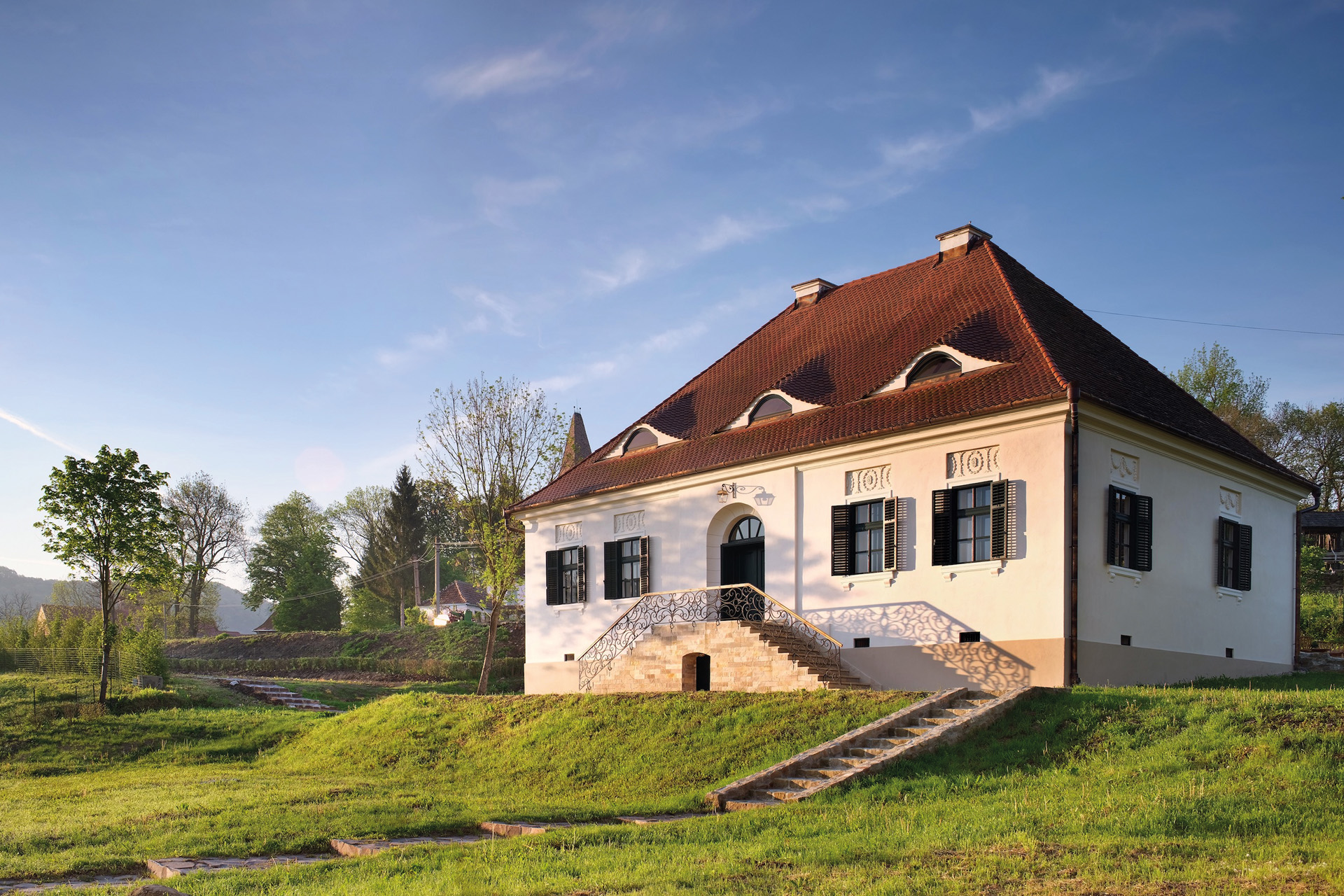
The Caretaker’s House (c) Philip Vile
Cultural history is at the heart of the estate; before Gladys embarked on this project with her son, Nikolaus, her late husband, Count Miklós Bethlen, longed to restore life to his ancestral home, 800 years after his family first settled on the land. Miklós was forced to flee the estate in 1948 during the rise of communism; when he returned in 1967, to discover a shrinking population and falling-down buildings, he dedicated his life to supporting the community that remained.
Fifty or so years later, Gladys wanders across the estate, collecting fruit in her wicker basket. She’s brimming with the stories she is grappling to keep alive with the restoration of the estate and its buildings: Depner House, a blue Saxon cottage; the wood-clad Corner Barn; the old Caretaker’s House, which now enjoys a private pool; and the Kitchen Barn, where meals are served three times a day. The experimental chef curates a daily feast, made from whatever he can find at local markets that day, from fresh vegetables to succulent venison, championing traditional Transylvanian dishes with fine dining flair.
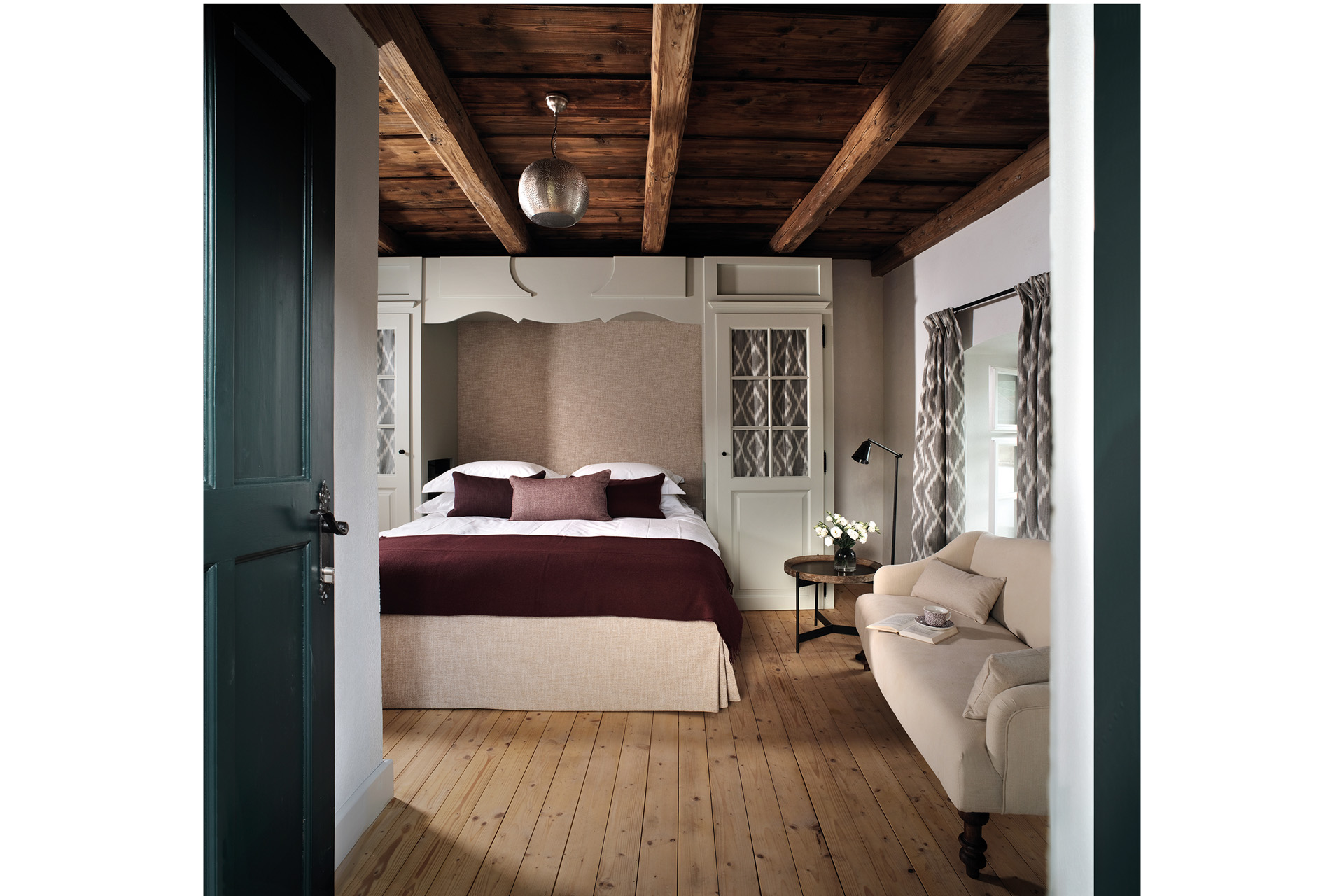
A bedroom in Depner House (c) Philip Vile
Europe’s last wilderness – that’s how Transylvania is often described. Surrounded by the Carpathian and Apuseni Mountains, it’s a haven for flora and fauna: lush green forests brimming with insects and woodpeckers; colourful wildflower meadows with thousands of native species; wolves, lynxes, majestic deer, bisons, boars and brown bears (an estimated 6,000 of the latter, though no one has successfully counted them all). On a bear-spotting excursion we see foxes and hares from afar, falcons swooping elegantly and cawing above us. A group of three deer gallop through a clearing at the edge of the forest as we trundle along in a classic Land Rover Defender – pausing, interested. Further down the road, returning to reality, fields of sheep fill the roadsides, manned by farmers and their dogs.
Our new king loves it here – every guide confirms it – and it’s easy to see why. Before he was King Charles III, HRH created the Prince of Wales’s Foundation Romania in 2015 to assist the region’s heritage preservation, work with local communities, and help farmers and food producers to grow their businesses. He still has a house here in the Valea Zălanului region, near the Saxon village of Viscri. When thinking about Transylvania, it’s inevitable that one toothy character in particular springs to mind. But the real Transylvania hums with a different kind of mythology – that of nature, and of abandonment. Ruins dot Bethlen Estates, casting a haunting impression of their previous, pre-communist-era magnificence. Nearby, the tumbling walls of Bethlen Castle, which dates back to 1305, are visible through the trees.
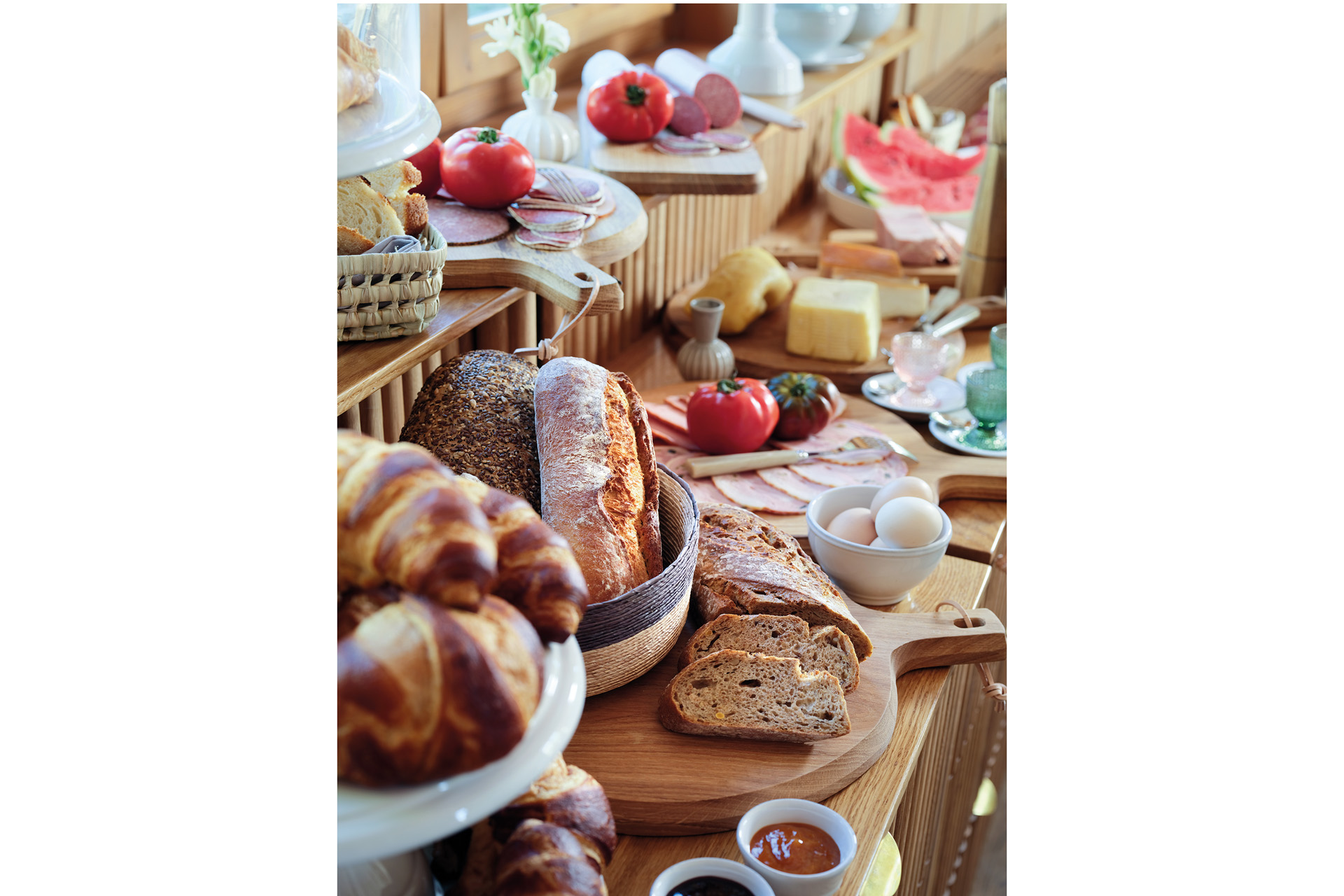
Breakfast in the Kitchen Barn (c) Philip Vile
You just need to hop in the car (road trips draw many tourists here) to see more rolling hills dotted with castles and traditional cottages, some maintained by the promise of ghosts and other ghouls, and others falling to ruin. For an example of preservation at work, don’t miss the cobble-stoned Sighișoara with its ancient citadel, colourful cottages, the 64m-tall 13th century clock tower, and the unique covered (and slightly strenuous) walk to the top of the hill, where a preserved gothic church houses ancient wall paintings. In this small corner of the hyper-connected world, tradition still rules the day-to-day; one fifth of Romanians are employed by agriculture. The nation is Europe’s fifth largest wine producer, though most is kept within the borders – grown, fermented and drunk at home. Try it in Bethlen Estates’ wine cellar with a tasting, or sample the homemade brandy and Țuică – a spirit made from plums, usually 40–55 percent alcohol.
Today, Count Miklós’ dream is being realised by his wife and son, who share gruelling memories of Romania’s turbulent 1970s and 80s. Employing local communities and uplifting independent tour providers, the estate strives to support Transylvanians with education and practical help. And, for visitors, they offer a comfortable glimpse into the wilderness King Charles, and Transylvanians, are so desperate to protect.
BOOK IT: The Caretaker’s House starts from €1,400 per night B&B, based on eight sharing. Depner House starts from €700 per night B&B, based on four sharing. Rooms at the Corner Barn start from €300 per night B&B, based on two sharing. bethlenestates.com
All images courtesy of Bethlen Estates. Featured image (c) Philip Vile.

